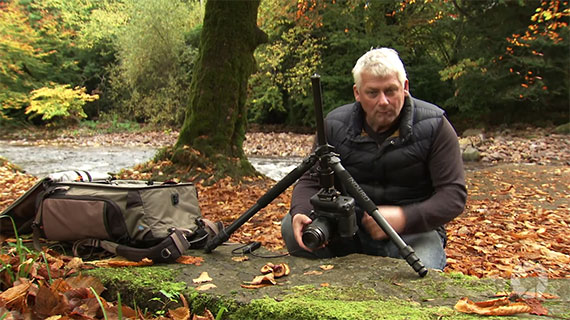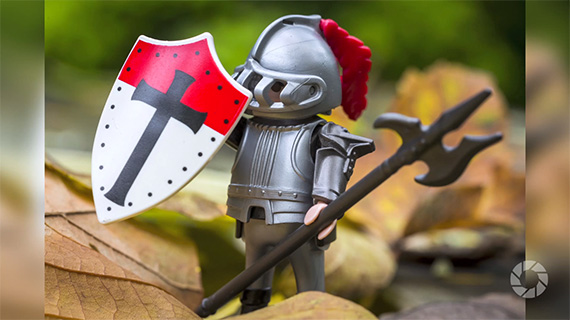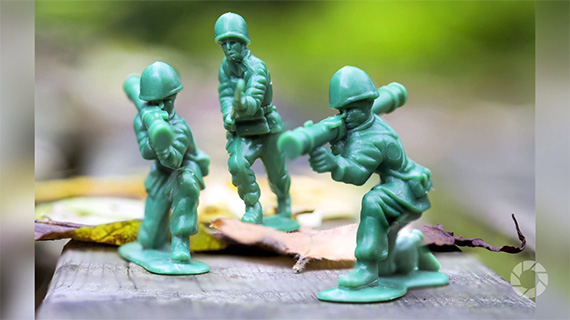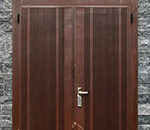When it comes to macro photography, a lot has already been said. But a real hands-on approach is absolutely invaluable. Especially when it comes to understanding how to prepare, approach, and shoot macro photos. That’s exactly what Doug McKinlay has to offer to discerning macro photographers:
What is Macro Photography?
“It’s extreme close-up photography, usually of small subjects when that subject is greater to or larger than real life.”
Macro Photography Gear
There are many different approaches to macro photography. Some of the alternate approaches involve using reversing rings, extension tubes, and close-up filters. The best and the most professional approach is to use a dedicated macro lens. In this case, McKinlay is using a Canon EF 100mm f/2.8 USM macro auto-focusing lens.
Hand-held vs. Tripod
Macro photography can be done either hand-held or using a tripod. There are advantages and disadvantages to both. Hand-held shooting gives the most flexibility. You can move quickly between shots, and there’s no setting up for each.
On the flip side, if you’re shooting on an overcast day it’s going to impair your depth of field on a lens which is already kind of limited in that respect. Shooting with a tripod doesn’t limit your creativity in this sense, but it kind of limits you in every other aspect. Mobility becomes a bit of a problem.
Shoot Upside Down
It may sound counter-productive but wait until you read the rest. Most tripods come with a reversible center column. Reversing the center column allows you to set up your camera closer to your subject as well as get a much better angle. But it’s a bit tricky to actually get it to work.

Inverse the central column of your tripod to get a better shooting angle.
Use Live View to Fine Tune
DSLR cameras come with a very useful option: live view. This is one of those times when live view is extremely useful. Turn it on and you can check for composition and fine tune focusing. Ensure that your camera is set to manual focusing.
Lighting
On an overcast day, the light is anything but saturated. To get a bit of color in your photos, you need to add a bit of light. There are two ways of doing this. The first option is to use a flash attached to the camera via a cable or fired by a PocketWizard. The second option is to use a reflector. McKinlay recommends using both so you can get more control over your images.

Add a bit of light for richer colors.
He also recommends using a polarizing filter to deepen the color tones.
Another thing to watch out for is the white balance setting. A lot of photographers prefer to leave their white balance setting on Auto. McKinlay recommends changing it around from time to time for the sake of experimentation.

Focus stacking is a very clever way to get a larger depth of field.
These hands-on tips are a great start for anyone who wants to try their hand at macro photography. What are your tips for beginners?
Like This Article?
Don't Miss The Next One!
Join over 100,000 photographers of all experience levels who receive our free photography tips and articles to stay current:






Leave a Reply